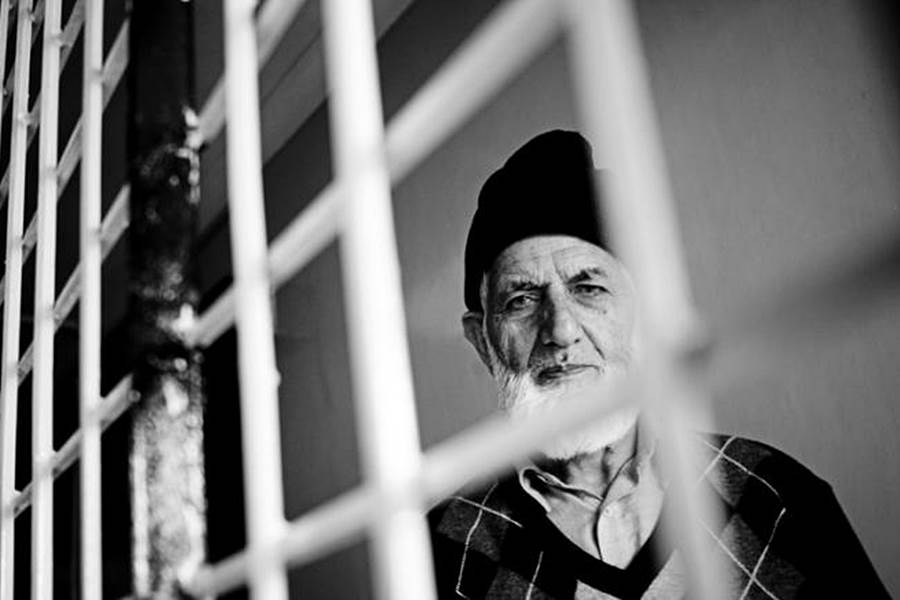Sun 22 November 2020:
A group of researchers reading reams of documents are focusing on providing a central source of information on the US military prison.
Four years ago, US President Donald Trump pledged that he would keep Guantanamo Bay open and would “load it up with some bad dudes.” But in the years that followed, the population of the Guantanamo prison remained constant, hovering at 41.
Trump’s predecessor Barack Obama had pledged to close down the military prison, but during his eight-year presidency, he failed to do so.
January 11 2021 will be another grim milestone, with the military prison marking 20 years since President George W. Bush opened the facility to illegally imprison people American forces had captured following the 9/11 attacks.
Almost 800 young boys and men have been through the facility, where many have been tortured and faced other brutal forms of treatment.
Now, a project is aiming to become a database keeping the number and the narrative of the facility online.
The Guantánamo Bay Data Project is an initiative led by Georgetown University in the US. Academics behind the project want it to be a “central source of information” for the researchers looking at the prison.
While many debates regarding the facility have focused “solely on the role, legal rationale, costs, and management of the US government,” this initiative aims to shift the narrative seeking to “highlight the trauma inflicted upon those held at the prison and the larger ‘war on terror’ apparatus that has wielded Islamophobia to justify the illegal imprisonment 780 Muslim boys and men, many of whom were subject to torture.”
Throughout its years of operation, the military prison saw 780 Muslim men and boys from over 72 countries being incarcerated. Of that, 450 came from just three countries: Afghanistan, Saudi Arabia, and Yemen.
Through numbers, names and stories, this project highlights the human toll of the military prison that the American political class has attempted to forget.
Half of those that made it through the grim corridors of Guantanamo were between the ages of 21 and 30. The oldest detainee was Mohammed Sadiq, an Afghan national. He was 89.
The data project also highlights the mental state of many of the detainees coming into the military prison or those that have developed problems while there.
A total of 93 prisoners had mental illnesses according to the study, ranging from depression, depressive disorders, anxiety disorders, personality disorders, or adjustment disorders. The researchers, however, believe that the numbers do not reflect the true scale of the problem.
For future historians and researchers, one of the bleakest moments of the Guantanamo experience is that those who were never charged with any wrongdoing, faced one final moment of suffering.

Nine detainees died without ever facing charges, never knowing what supposed crime they had committed.
While many were cleared, with no charges of wrongdoing ever found against their names, others were repatriated to countries they knew nothing about, nor were ever given a choice.
Almost 22 percent of “detainees were sent to a third country not of their origin and where they do not hold citizenship.”
One of the researchers working on the project said that the aim ultimately is to provide a “comprehensive picture of the prison, centring the lives of the boys & men detained there. It depicts the global impact #Guantánamo has had on the lives of hundreds of #Muslims, their families, & communities as a whole.”
And that in many ways will be the final story of Guantanamo, the human toll on countless innocent people.
Source: TRT World
FOLLOW INDEPENDENT PRESS:
TWITTER (CLICK HERE)
https://twitter.com/IpIndependent
FACEBOOK (CLICK HERE)
https://web.facebook.com/ipindependent
Think your friends would be interested? Share this story!




















